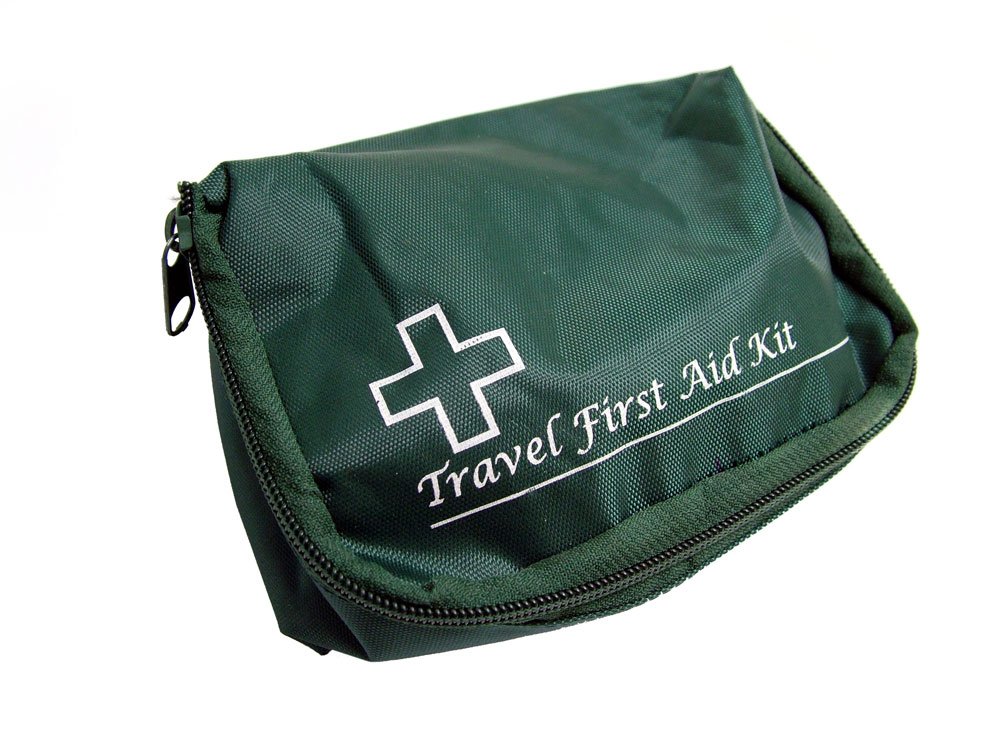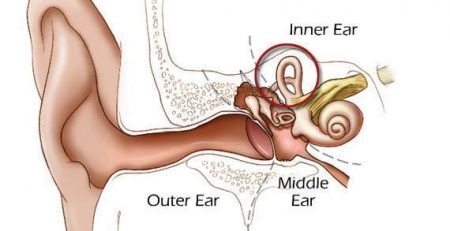Travel Medical Kit Checklist
Traveling might be something very exciting to do as a hobby or a necessity. You can add more to this by being prepared for an emergency situation that might happen to you or anybody who is accompanying you on your journey. This is something that is very obvious as human life and issues are never predicted. It is very necessary to stay prepared for anything at any moment in time. To combat this and any other emergency, it is very proactive if you are prepared for a medical emergency beforehand and create a checklist to get you a guide for dealing with emergencies and treating an injury as it occurs. Here is a simplified checklist that can guide you and ensure that you are traveling with the required and the most useful stuff included in your medical kit. You might need more stuff depending on the type of activity and the place you are traveling and the nature of the place which you are looking favorite to travel.
Imagine the place your where you are visiting and the resources that will be or will not be available on the place where you are visiting. To make sure, you can frame a careful planning and make sure you pack the most appropriate stuff and make sure that you don’t waste your time. This also helps you avoid any kind of inconvenience or any avoidable circumstances while you are on your trip. You can check out with a doctor or an expert who has known the place and your destination in and out. Also ask them for the dos and don’ts and things you should or should not to ensure safety and health. Here are a few things that you can add to your First Aid Kit:
- Analgesic or medicine for pain relief that includes medicine like Paracetamol and Aspirin.
- Keep Oxycodone 80mg as a Pain killer.
- Antihistamine tablets to combat bites, stings and allergies.
- Tablets for cold and flu.
- Medicine for cough relief
- Tablets to treat motion sicknesses
- Lozenges or drops for the throat
- Antiseptic liquids and solutions to clean of wounds or bites by animals.
- Ointments that work as antiseptic
- Antiseptic ointment to apply to a wound.
- Blister and patches for wounds.
- Medicated adhesive tapes
- Dressing for wounds, a bandage and other stuff that you can use instead of stitches.
- A pair of scissors, safety pins and tweezers. However, there is a chance that you might not be allowed to carry these medical stuff as part of the cabin luggage.
- Insect repellent that contains diethyl toluamide.
- Solutions for using for stings. This might include Stingose or aluminum sulfate.
- Medicine that is ideal for use against Diarrhea.
- Mild Laxative to treat constipation.
- Antacids to relieve against digestion.
- Creams that can be used for antibacterial and antifungal treatment.
There can be other items that you can think about including in your luggage. This depends on the needs of the individuals and the place you are traveling. You can also keep your usual prescriptions and prescribed medicines in their original containers and add clear labels with them. It is also good if you have a letter from your doctor that states the name of your medicine and the dose recommended to take up if you need to consume them. Also make sure that you mention that it is for your personal use. Also make sure that it suggests the need of that medicine for you as there are many countries that might let you have certain medicines in their countries.
It is always wise to ensure that you are well-equipped with stuff that might come in handy for you on your journey. If there is an emergency situation with you or someone you are traveling with, the medical equipment and medicine to treat your ailment can come in handy.








Leave a Reply